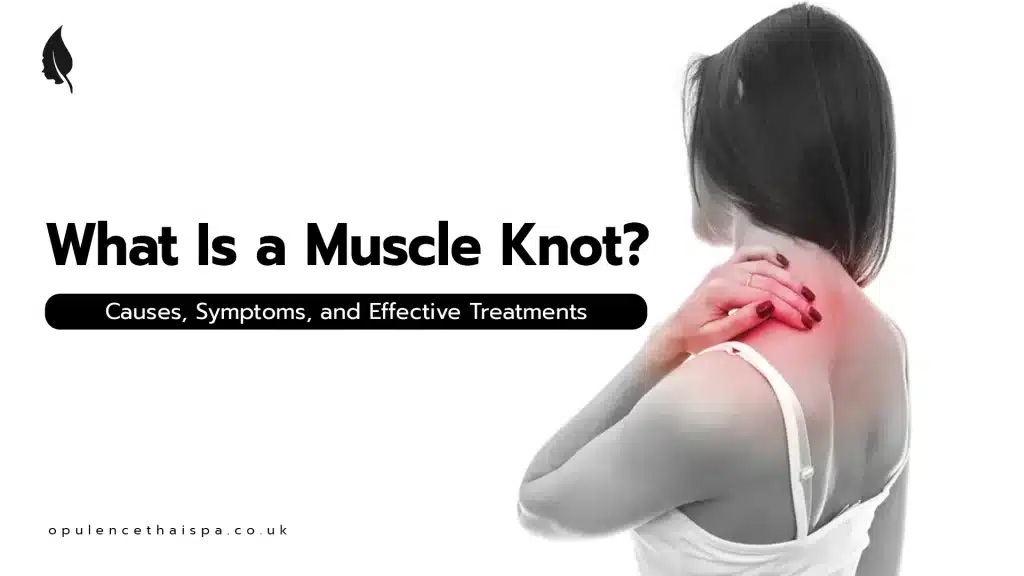Table of Contents
Muscle knots are a common complaint among people of all ages—especially those who live a sedentary lifestyle or have high physical demands at work. But what is a muscle knot, exactly? Despite the name, it’s not a literal knot inside your muscle. Rather, it’s a tight, contracted area of muscle tissue that causes pain and discomfort.
This article explores everything you need to know about muscle knots, including their causes, symptoms, treatments, and prevention tips.
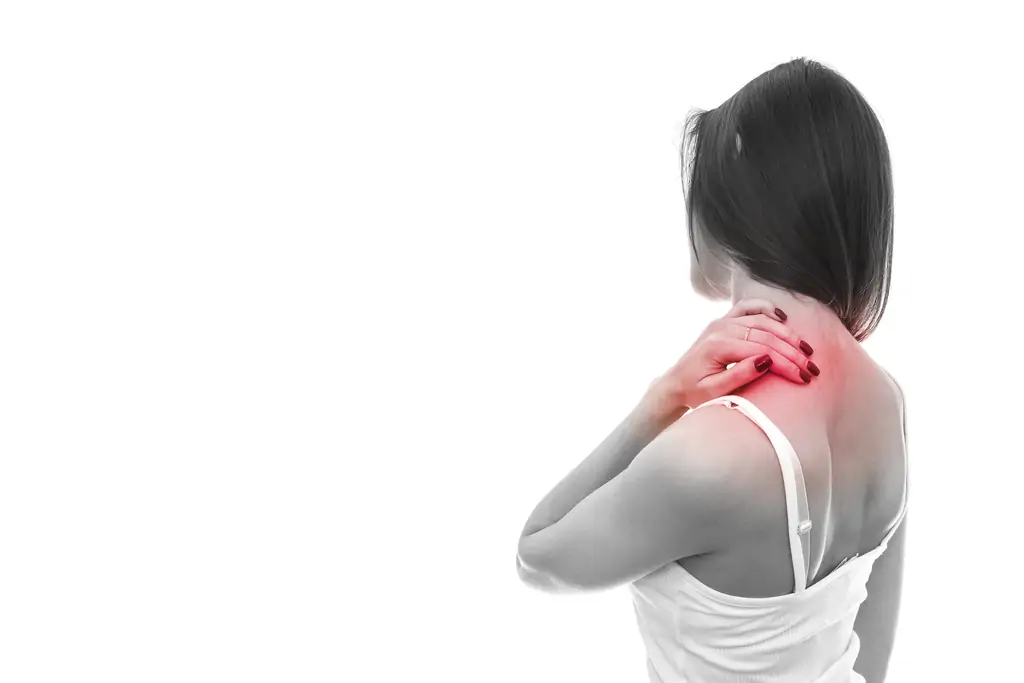
What Is a Muscle Knot?
A muscle knot, medically referred to as a myofascial trigger point, is a small, tight area within muscle tissue that remains contracted even when the muscle is at rest. These knots feel like small bumps or lumps and may be painful to the touch. The pain can also radiate to other parts of the body.
Muscle knots can develop in any skeletal muscle but are most commonly found in:
- Neck and shoulders
- Upper and lower back
- Calves and thighs
- Gluteal muscles
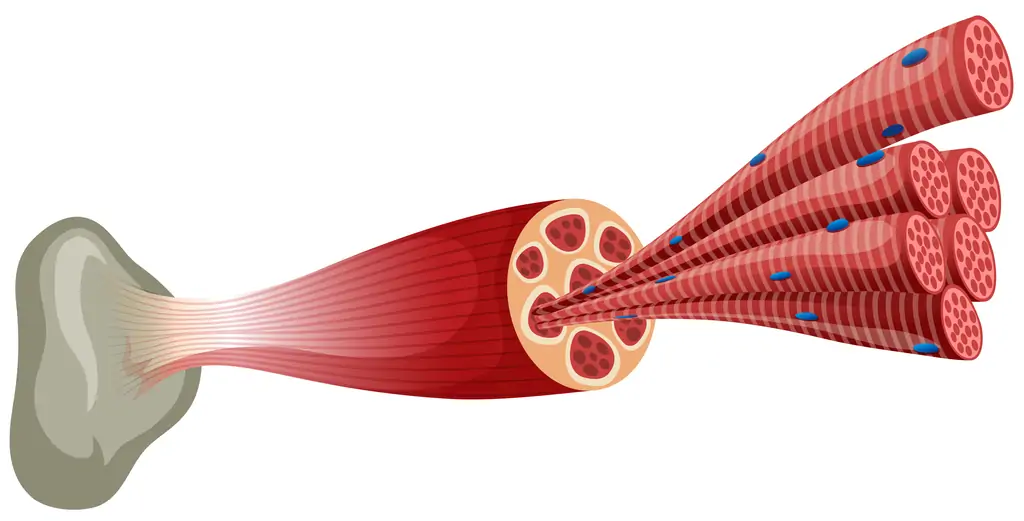
Common Causes of Muscle Knots
Understanding the cause can help in both treatment and prevention. The most common triggers include:
| Cause | Explanation |
|---|---|
| Poor posture | Sitting hunched over a desk for hours can strain certain muscles. |
| Stress and tension | Emotional stress can lead to muscle tightening, especially around the neck. |
| Repetitive movements | Tasks like typing or lifting can overuse certain muscles. |
| Muscle overuse or injury | Overtraining or sudden injuries can lead to tight muscle fibers. |
| Dehydration | Not drinking enough water can cause muscle tightness and cramps. |
| Lack of stretching | Muscles that aren’t regularly stretched are more likely to tighten up. |
Symptoms of Muscle Knots
Muscle knots often feel like a hard lump under the skin. These knots can vary in size and severity. Symptoms may include:
- Aching or dull pain in the affected area
- Muscle tightness or stiffness
- Tenderness to touch
- Limited range of motion
- Referred pain, where discomfort spreads to nearby areas
For instance, a muscle knot in the shoulder might cause pain in the neck or head, contributing to tension headaches.
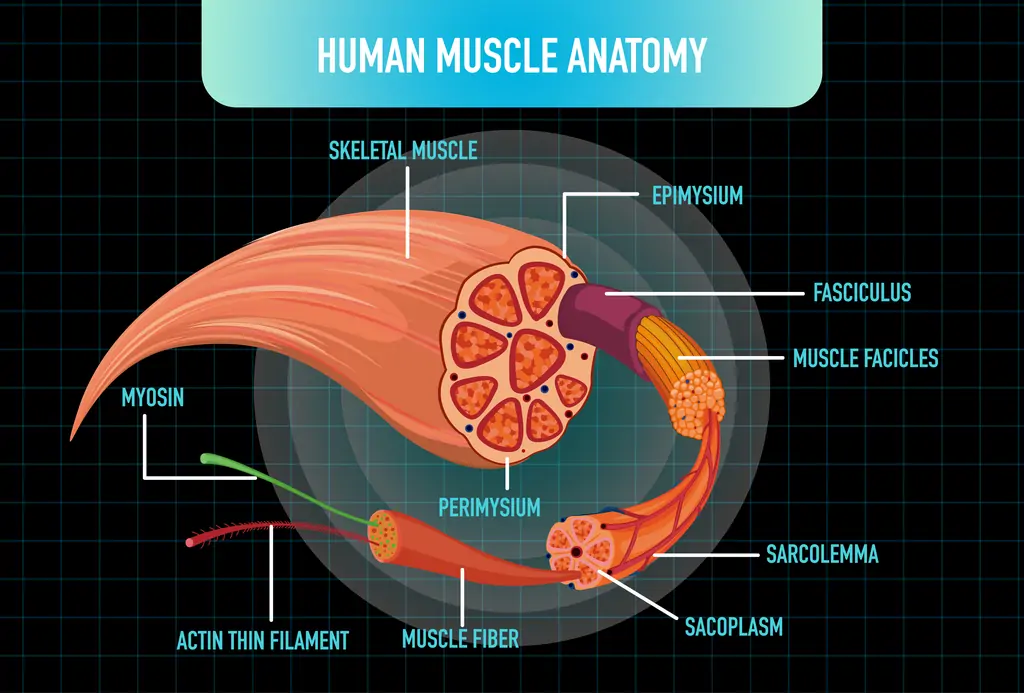
How Are Muscle Knots Diagnosed?
There’s no specific imaging test to detect a muscle knot. Most diagnoses are made through physical examination and patient history. A trained professional, such as a physiotherapist or massage therapist, will palpate the muscle and check for tight bands or painful trigger points.
In more severe cases, your doctor might recommend imaging like MRI or ultrasound to rule out other conditions.
How to Treat Muscle Knots
Muscle knots are usually not dangerous, but they can severely affect your quality of life if left untreated. Fortunately, there are several effective treatments.
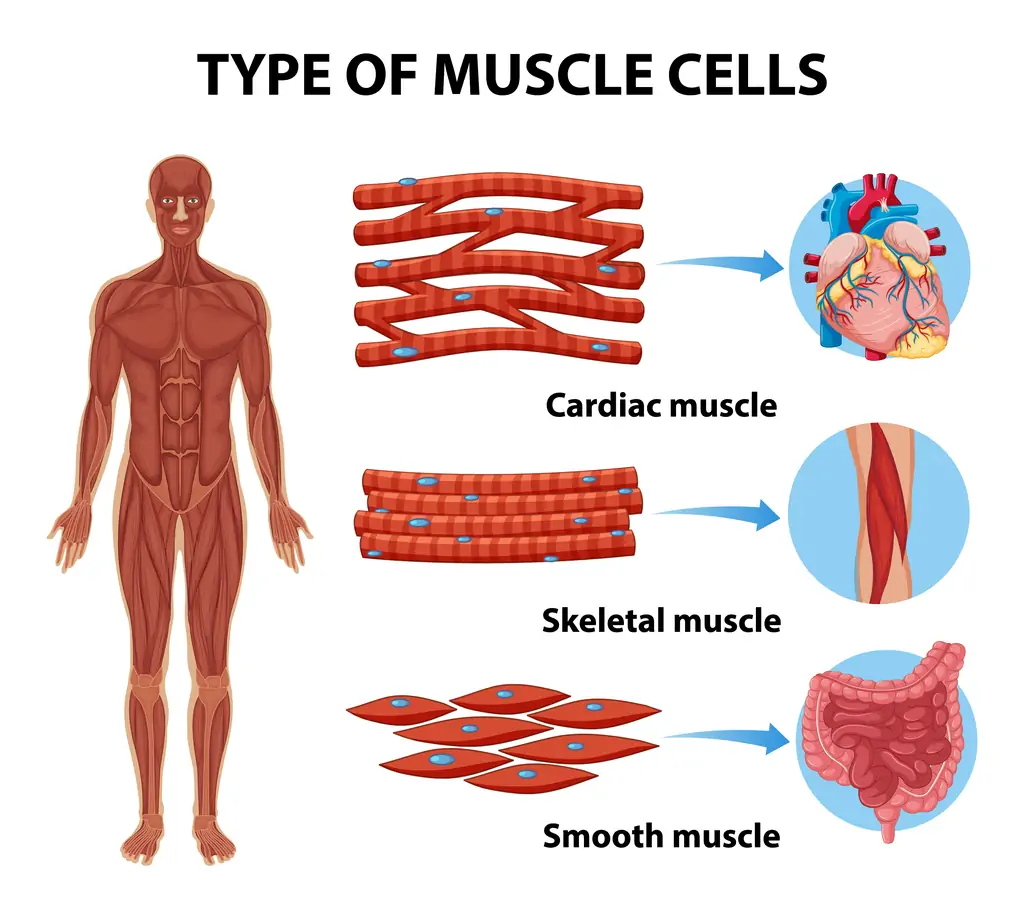
1. Massage Therapy
Massage is one of the most popular and effective methods. Techniques like deep tissue massage, trigger point therapy, and Swedish massage help increase blood flow and release tension in the muscle.
2. Stretching and Movement
Gentle stretches can relieve tightness. Yoga, pilates, or specific stretching routines targeting the affected area can improve flexibility and reduce discomfort.
Example: For knots in the upper back, try shoulder rolls and chest stretches.
3. Heat and Cold Therapy
- Use a warm compress or heating pad to increase blood flow and loosen the muscle.
- Apply cold packs to reduce inflammation if the area is swollen or recently injured.
4. Foam Rolling (Self-Myofascial Release)
Foam rollers and massage balls can be used at home to apply pressure to the knot, helping to break up the tightness and improve circulation.
5. Over-the-Counter Pain Relievers
Nonsteroidal anti-inflammatory drugs (NSAIDs), such as ibuprofen or naproxen, can help reduce pain and inflammation.
6. Professional Physical Therapy
A physiotherapist can design a personalized rehabilitation program, including strength training, posture correction, and manual therapy.

When to See a Doctor?
Most muscle knots go away with conservative care. However, you should consult a doctor if:
- Pain persists for more than a week
- You have difficulty moving the affected muscle
- You experience muscle weakness or numbness
- Pain interferes with daily life or sleep
How to Prevent Muscle Knots
Prevention is better than cure. Here are practical ways to keep muscle knots at bay:
| Tip | Benefit |
|---|---|
| Stay hydrated | Keeps muscles supple and less prone to cramping or tightness |
| Take breaks when working | Reduces muscle tension from long periods of sitting |
| Maintain proper posture | Minimizes strain on neck, shoulders, and back |
| Incorporate regular exercise | Strengthens muscles and improves flexibility |
| Stretch daily | Helps maintain muscle elasticity and reduces tightness |
| Manage stress | Lowers muscle tension caused by anxiety or emotional strain |
FAQs About Muscle Knots
Q: Are muscle knots dangerous?
A: Not typically. But persistent or severe knots may signal an underlying issue and should be checked by a healthcare provider.
Q: How long does it take for a muscle knot to go away?
A: Mild muscle knots may resolve in a few days. Chronic knots may take weeks or require professional treatment.
Q: Can massage make a knot worse?
A: If done too aggressively or without proper technique, massage may irritate the muscle. Always start gently and consult a professional if unsure.
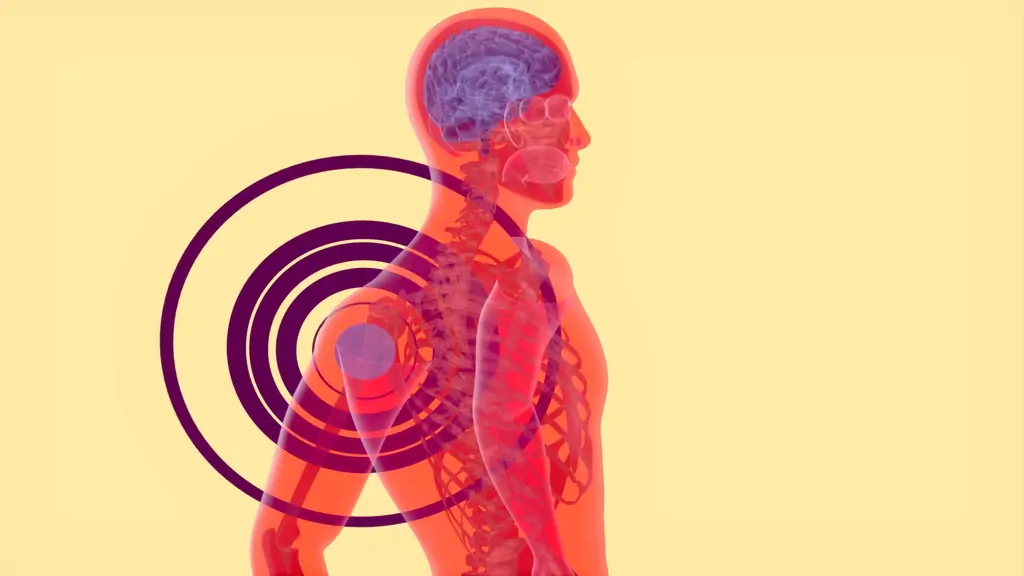
Final Thoughts
So, what is a muscle knot? It’s a small but painful part of muscle tissue that remains tense due to poor posture, overuse, or stress. While often harmless, it can interfere with your mobility and daily life if not addressed. Fortunately, with the right treatment—massage, stretching, hydration, and lifestyle changes—you can effectively manage and prevent muscle knots.
If you’re experiencing ongoing muscle pain, don’t ignore it. Listen to your body, and take proactive steps toward relief and recovery.
Founder and driving force behind Web Evolve Co., Ltd., a full-service website development and digital solutions company trusted by leading businesses across Thailand. With over 5 years of experience in the digital industry, he specializes in designing and developing websites that excel in both UX/UI and SEO — empowering businesses to grow sustainably in the digital world.











